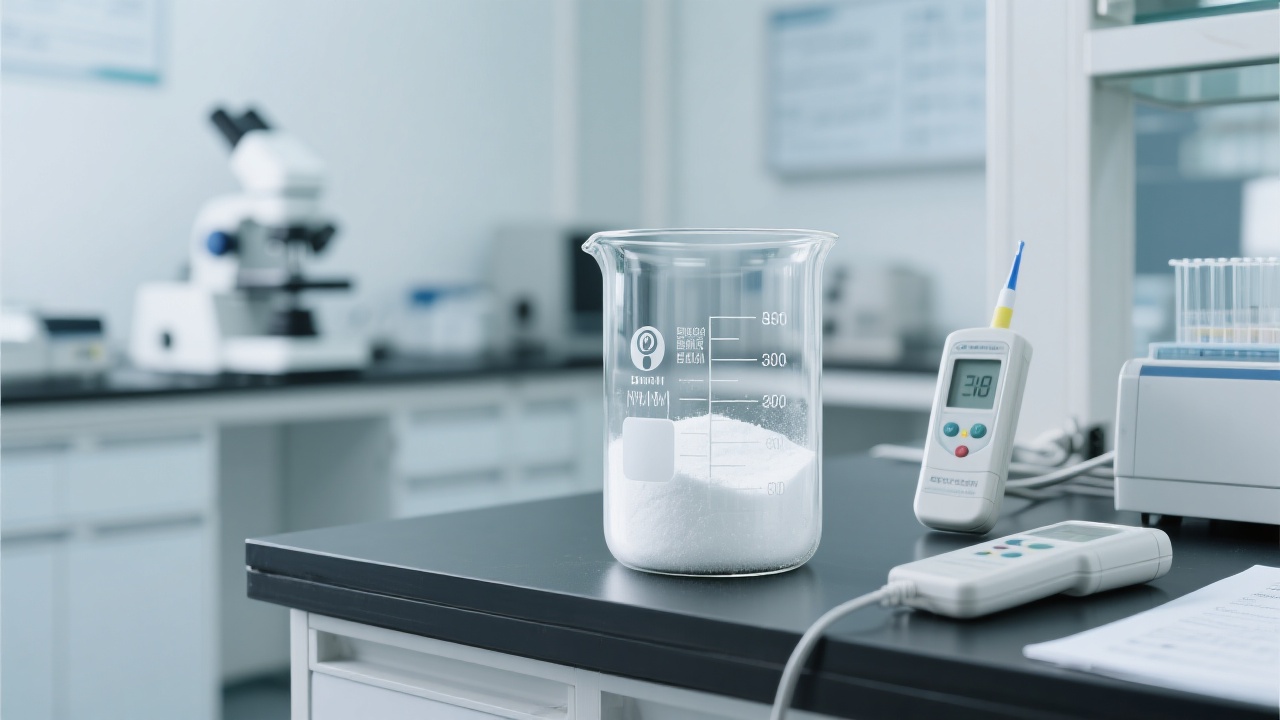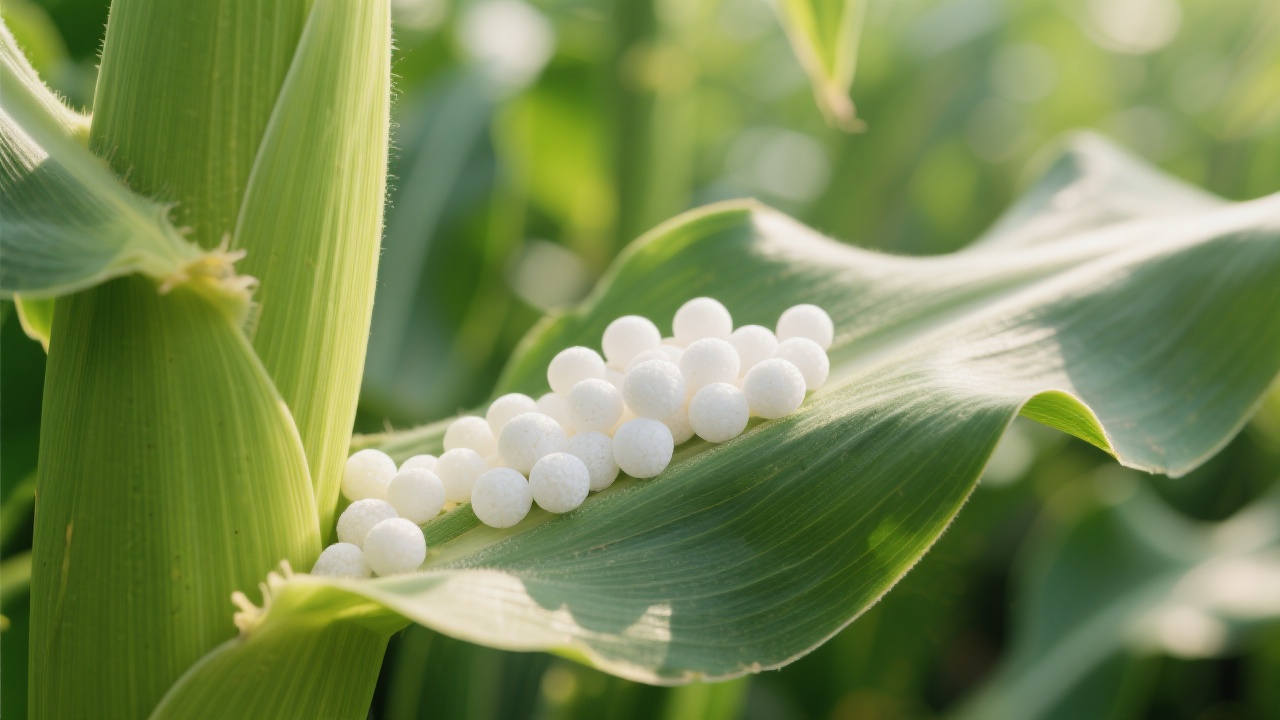
In the ever - evolving landscape of global agriculture, the choice of fertilizers plays a pivotal role in determining crop yields and quality. Traditional phosphate fertilizers have long been the go - to option for farmers, but they come with certain limitations. These limitations have paved the way for the rise of monoammonium phosphate (MAP), an increasingly popular choice among overseas farmers.
Monoammonium phosphate is a compound with remarkable chemical properties. It has a high concentration of nitrogen and phosphorus, which are two essential nutrients for plant growth. The nitrogen content in MAP can range from 10% to 12%, while the phosphorus pentoxide (P₂O₅) content can be as high as 48% to 61%. This high - nutrient concentration allows plants to absorb the necessary elements more efficiently.
In addition, MAP has excellent solubility. It can dissolve quickly in soil water, making the nutrients readily available to plant roots. Moreover, it has strong stability, which means it can maintain its chemical properties in different soil conditions, reducing the risk of nutrient loss.
These chemical characteristics make MAP suitable for a wide range of crops, including wheat, corn, and vegetables. For wheat, the high - phosphorus content in MAP can promote root development, enabling the plant to absorb more water and nutrients from the soil. In the case of corn, the nitrogen in MAP can support the growth of lush foliage, while the phosphorus is crucial for kernel development. For vegetables, MAP can enhance the overall quality, such as improving the taste and appearance.

Let's take a look at a real - life example from a Brazilian farmer. Mr. Silva, a long - time corn farmer, was facing challenges with his acidic red soil. Traditional phosphate fertilizers were not effective in this type of soil, and his corn yields were stagnant. He decided to give monoammonium phosphate a try.
After applying MAP, the results were astonishing. The corn plants grew more vigorously, with stronger roots and greener leaves. At the end of the harvest season, Mr. Silva recorded a 20% increase in corn yield compared to the previous year. "I was skeptical at first, but MAP has truly changed my farming," Mr. Silva said. "The plants seem to thrive in this fertilizer, and I can see the difference in the quality of the corn."
Scientific experiments have also verified the advantages of MAP over traditional fertilizers. A comparative experiment was conducted between MAP and ordinary superphosphate. The results showed that plants treated with MAP had significantly longer roots, with an average root length increase of 15% compared to those treated with superphosphate. The leaves of the MAP - treated plants were also greener, indicating a higher chlorophyll content and better photosynthesis.
In terms of disease resistance, the plants fertilized with MAP had a 25% lower disease index. This means that MAP can help plants build a stronger immune system, reducing the risk of diseases and pests.
| Indicator | Monoammonium Phosphate | Ordinary Superphosphate |
|---|---|---|
| Root Length | 15% longer | - |
| Leaf Greenness | Higher chlorophyll content | - |
| Disease Index | 25% lower | - |
According to Dr. Johnson, a renowned agricultural scientist, "Monoammonium phosphate is a revolutionary fertilizer in modern agriculture. Its unique chemical properties and high - efficiency nutrient delivery system make it an ideal choice for farmers, especially in areas with challenging soil conditions."
Another study published in the Journal of Agricultural Science also emphasized the benefits of MAP in improving soil fertility and crop productivity. The research showed that long - term use of MAP can gradually improve the soil structure, making it more suitable for plant growth.

In conclusion, monoammonium phosphate offers several core values that make it an attractive option for overseas farmers. Firstly, it is highly efficient. The high - concentration nutrients in MAP can be quickly absorbed by plants, leading to significant yield increases. Secondly, it has strong adaptability. It can perform well in different soil types, especially in acidic soils where traditional fertilizers often fail. Thirdly, it is sustainable. By improving soil fertility and reducing nutrient loss, MAP can contribute to long - term agricultural development.
More and more farmers around the world are choosing MAP as their go - to phosphate fertilizer. It is a proven and effective solution for improving crop yields and quality. If you are still struggling with the choice of fertilizers, consider monoammonium phosphate as a reliable nutrient solution for your farm.
Are you facing similar challenges in your agricultural production? Click here to learn more about how monoammonium phosphate can transform your farm.